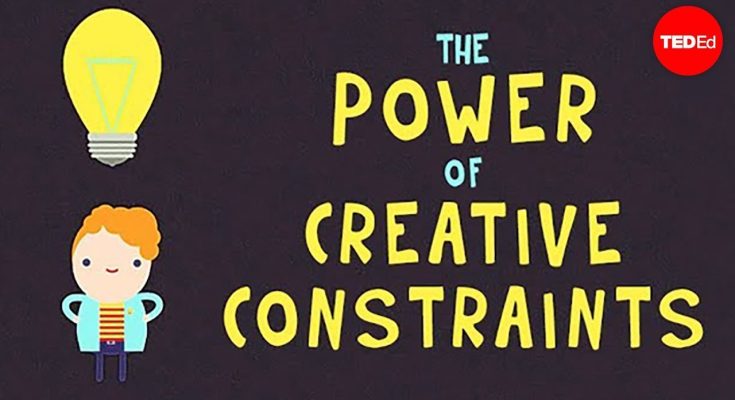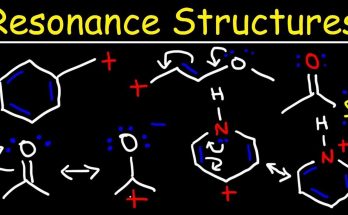Constraints are often viewed as obstacles—limitations that restrict freedom, stifle innovation, and slow progress. But in reality, constraints can be one of the most powerful catalysts for creativity. When resources are limited, time is short, or boundaries are clearly defined, the mind is forced to think differently. It shifts from seeking abundance to maximizing potential. This shift doesn’t diminish creativity; it sharpens it. In business, where agility and originality are prized, learning to embrace constraints can unlock new levels of ingenuity and problem-solving.
Creativity thrives not in the absence of boundaries but in the presence of meaningful ones. When everything is possible, decision-making becomes overwhelming and directionless. But when choices are narrowed, focus intensifies. The brain begins to explore unconventional paths, repurpose existing tools, and reframe challenges. This is why some of the most innovative ideas emerge from startups rather than large corporations. Startups often operate under tight budgets, lean teams, and aggressive timelines. These constraints force them to prioritize, iterate quickly, and find elegant solutions to complex problems. They don’t have the luxury of excess, so they learn to be resourceful.
Consider the example of Twitter’s original character limit. At first glance, 140 characters seemed restrictive, even arbitrary. But that constraint shaped the platform’s identity. It encouraged brevity, wit, and immediacy. Users learned to distill their thoughts, and a new form of communication was born. The limitation didn’t hinder creativity—it defined it. Similarly, in design, the most compelling work often comes from working within a tight brief. A designer tasked with creating a logo using only black and white may produce something more striking than if given an unlimited palette. The constraint becomes a lens through which creativity is refined.
In product development, constraints can guide innovation toward real-world relevance. When engineers are challenged to build a solution that works within a specific budget or energy threshold, they’re forced to make trade-offs that lead to smarter, more efficient designs. The Mars Rover, for instance, was developed under extreme constraints—limited weight, power, and communication bandwidth. Yet those limitations led to breakthroughs in robotics, materials, and autonomous systems. The challenge wasn’t to build the best machine imaginable; it was to build the best machine possible within the given parameters. That distinction is where creativity truly comes alive.
Constraints also foster collaboration. When teams face shared limitations, they’re more likely to pool ideas, challenge assumptions, and build on each other’s strengths. The constraint becomes a common problem to solve, and that shared purpose can energize a group. In contrast, unlimited resources can lead to siloed thinking, where individuals pursue their own ideas without alignment. Constraints create urgency and interdependence, which are fertile ground for collective creativity. They encourage dialogue, experimentation, and a willingness to explore unconventional approaches.
Psychologically, constraints can reduce anxiety and increase motivation. The paradox of choice suggests that too many options can lead to paralysis and dissatisfaction. But when options are limited, people tend to feel more confident in their decisions and more satisfied with the outcomes. In creative work, this translates to a clearer path forward. Instead of agonizing over infinite possibilities, creators can channel their energy into refining a few. This focus leads to deeper engagement and more meaningful results. It’s not about doing less—it’s about doing better with what’s available.
In marketing, constraints often lead to more authentic storytelling. A brand with a modest budget might rely on grassroots campaigns, user-generated content, or clever social media tactics. These approaches can feel more genuine and relatable than high-production ads. They invite participation, spark conversation, and build community. The constraint doesn’t limit the message—it amplifies it by forcing clarity and creativity. When marketers are challenged to make an impact with limited means, they often discover new ways to connect.
The key to unlocking the power of constraints is mindset. If limitations are seen as barriers, they will frustrate and demotivate. But if they’re viewed as design parameters, they become tools for innovation. This shift requires leaders to reframe challenges and encourage experimentation. It means celebrating ingenuity, not just results. It also means creating environments where constraints are embraced, not feared. When teams are empowered to work within boundaries, they often exceed expectations.
Ultimately, constraints are not the enemy of creativity—they are its engine. They force us to think harder, dig deeper, and stretch further. They strip away the unnecessary and spotlight the essential. In business, where differentiation and adaptability are crucial, the ability to innovate within limits is a competitive advantage. It’s not about having more—it’s about making more of what you have. And when that mindset takes hold, creativity doesn’t just survive—it flourishes.



